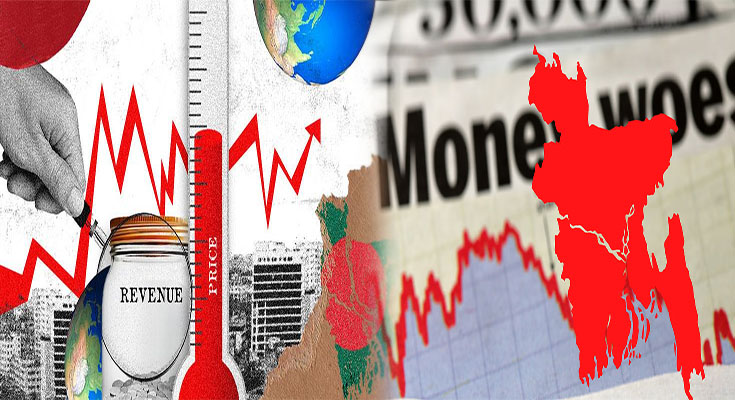Lending practices play a significant role in shaping the stability of a country’s economy. When financial institutions provide loans, they influence the overall economic landscape, impacting individuals, businesses, and the nation as a whole. By understanding the effects of lending practices, policymakers can implement measures to ensure macroeconomic stability.
The Importance of Prudent Lending
Prudent lending practices are essential for maintaining a stable economy. Financial institutions must carefully evaluate borrowers’ creditworthiness and ability to repay before extending credit. This helps to mitigate the risk of default and promotes responsible borrowing.
- Assessing Creditworthiness: Thoroughly assessing borrowers’ financial health, income stability, and credit history is crucial. Banks and lending institutions should use robust risk assessment methods to determine the borrower’s ability to repay the loan. This prevents the accumulation of bad debt and reduces the likelihood of economic instability caused by loan defaults.
- Maintaining Adequate Capital Reserves: Financial institutions should maintain sufficient capital reserves to absorb potential losses from loan defaults. Adequate capital ensures that they can withstand unexpected shocks to the lending market without jeopardizing depositors’ funds or requiring government bailouts.
Impact of Lending Practices on Macroeconomic Stability
Lending practices directly influence macroeconomic stability, affecting key economic indicators such as inflation, unemployment, and overall economic growth.
- Economic Growth: Lending practices can fuel economic growth by providing capital to borrowers for investment in businesses, infrastructure, and innovation. This stimulates economic activity, creates jobs, and drives overall economic expansion. However, excessive and imprudent lending can lead to a credit bubble, where borrowers take on unsustainable levels of debt, posing a significant risk to the economy.
- Inflation: When lending practices are too loose and credit is readily available, it can lead to excessive borrowing and spending. This increased demand for goods and services can push prices higher, leading to inflationary pressures. Central banks must monitor lending practices and implement measures like interest rate adjustments to curb inflationary risks.
- Financial Stability: Unsustainable lending practices can contribute to financial instability. If lending institutions have excessively high levels of bad debt, it can erode their financial health and potentially lead to a banking crisis. This can have far-reaching consequences, spreading economic turmoil throughout the entire financial system and impacting the broader economy.
- Consumer Debt Burden: Easy access to credit can lead to a rise in consumer debt levels. If borrowers become overburdened with debt, it can hamper their ability to spend and save, indirectly impacting overall economic growth. Managing consumer debt levels is crucial to maintaining a stable economy.
Regulatory Measures for Macroeconomic Stability
To ensure macroeconomic stability, regulators and policymakers implement measures to monitor and control lending practices.
- Capital Adequacy Requirements: Regulators establish capital adequacy standards that financial institutions must meet. These requirements ensure that banks maintain adequate capital reserves to absorb potential losses and remain financially stable.
- Credit Risk Assessment: Regulators may enforce guidelines to ensure that lenders follow prudent credit risk assessment practices. This includes maintaining strict underwriting standards, verifying borrowers’ ability to repay, and preventing predatory lending practices.
- Macroprudential Policies: Policymakers use macroprudential policies to manage systemic risks in the financial system. These policies include measures such as loan-to-value ratio limits, debt-service-to-income limits, and reserve requirements. They help prevent excessive lending and limit systemic risk.
Lending practices have a profound impact on macroeconomic stability. Prudent lending practices, including rigorous credit assessments and maintaining adequate capital reserves, are crucial for financial institutions to ensure economic stability. By closely monitoring lending activities and implementing appropriate regulatory measures, policymakers can mitigate the risks associated with reckless lending and sustain a stable and resilient economy.





